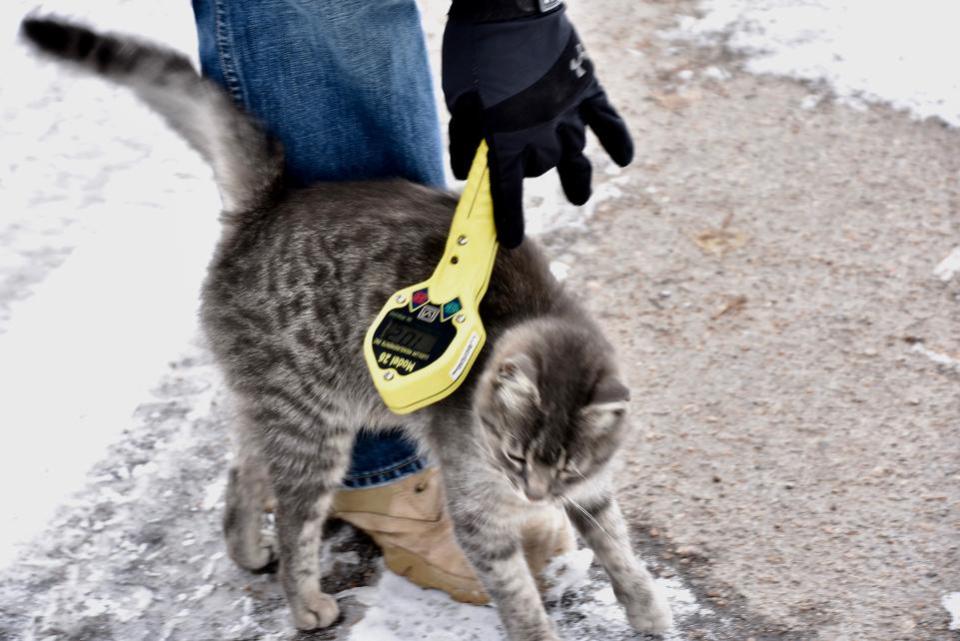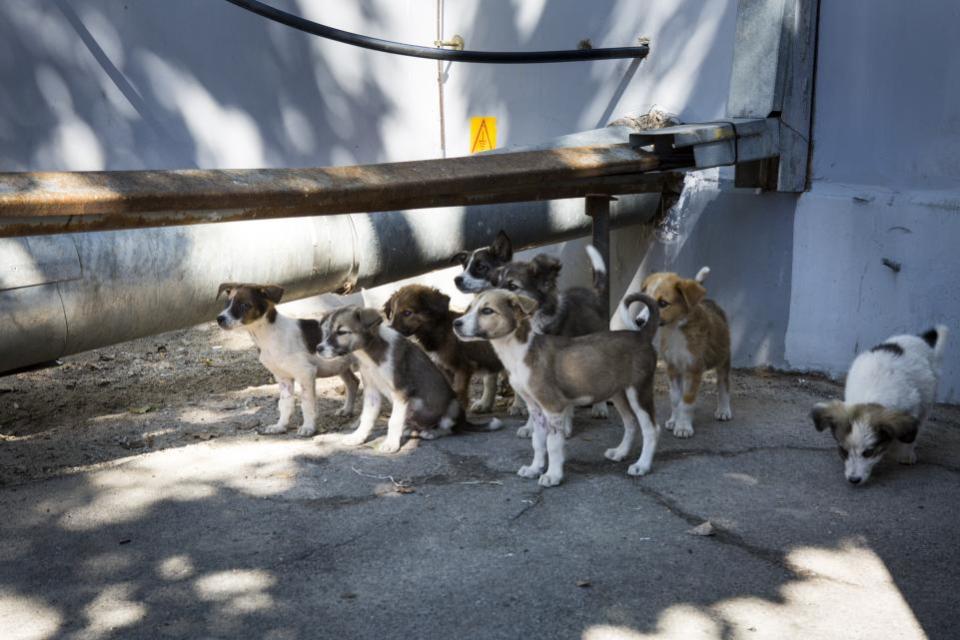Hundreds of Chernobyl Puppies Got Sterilized This Year
An American nonprofit organization, Clean Futures Fund, has started a spay and neuter clinic fior the four-legged descendants of survivors of one of history's worst nuclear disasters.
After the Chernobyl nuclear reactor melted down on April 26, 1986, some dogs and cats left behind survived and began to breed. More than 400 animals were spayed and neutered in the first year of the clinic's operation at the former reactor, which ended earlier this month.
The laws governing the exclusion zone around Chernobyl strongly advise people to avoid feeding or touching the dogs, due to the risk of contamination. Not only is the dogs' fur potentially loaded with radioactive particles, but their food and water is contaminated. The radioactive molecules they ingest may also linger in their bodies.
"We could find areas in their bones where radioisotopes had accumulated. We could survey the bones and we could see the radioactivity in them," a Clean Futures Fund co-founder, Lucas Hixson, told Newsweek. The program funds medical treatment for locals in addition to running the spay and neuter program at the power plant and in the neighboring city.
"These dogs run through [contaminated areas] and it gets stuck on their coat and on the end of their noses and their feet."
There are nearly 1,000 dogs in the area around the power plant. Only a few dozen cats live in the highly contaminated areas that the dogs frequent.
Hixson has been traveling to Chernobyl for about five years, initially as a radiation specialist. "I go over there expecting to do my work, and I step off the train at the power plant and there's a dog in my face. Honestly, it was one of the last things I expected to see at Chernobyl," he said.

To keep the veterinary hospital as free from radioactive contamination as possible, dogs that come to the facility are examined and washed down until their levels of radioactivity are deemed safe.
Despite the potential risk, Hixson said he's continued to interact with the dogs. "There is a fair amount of handling that happens. This is a natural reaction between humans and dogs," he said. “You can’t help yourself.”
"They’re not hazardous to your immediate health and wellbeing. But anytime you go pet the dogs, go wash your hands afterwards before you eat."

Clean Futures Fund got approval from the Ukranian government for its operations. Other partners include SPCA International, Dogs Trust and two U.S. universities, including Worchester Polytechnic Institute and the University of South Carolina.
Hixson also noted the local workers have welcomed the team. "I remember there was a lot of skepticism when we showed up," he said. "But after about two or three days of us catching dogs, processing them, releasing them, the attitude immediately changed," he said. "I can't thank them enough for everything they did."
Even if every dog and cat in Chernobyl is sterilized and vaccinated, the wider stray dog issue in Ukraine means that more dogs could move into the contaminated area and Clean Futures Fund's efforts could be somewhat for naught. Ultimately, Hixson would like to work with the Ukranian government on a wider rescue program to get the dogs out of the area and into homes.
He will be returning in November to measure the impact of the program, which is expected to run for five years. The next spay and neuter clinic will happen next summer.
Related Articles


